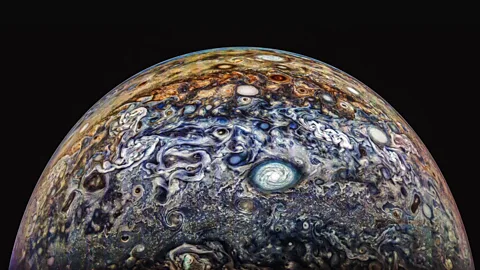'It could illuminate an area the size of a football stadium': How Russia launched a giant space mirror in 1993
 CodeCraftGuru
CodeCraftGuru

Vladimir Syromiatnikov's bold attempts to light up Siberia with a space mirror captured global attention. The BBC's Tomorrow's World reported on an ambitious experiment launched on February 4, 1993.
It sounds like a scheme a James Bond villain might hatch: launching a giant mirror into orbit to capture the Sun's rays and redirect them to shine on a target on Earth. Yet, this is exactly what the Russian space agency Roscosmos attempted on February 4, 1993.
But the aim of the Znamya project (meaning "banner" in Russian) was not a sinister plot to hold the world hostage. Its more idealistic goal, as presenter Kate Bellingham explained on BBC's Tomorrow's World before Znamya's launch, was "to light up Arctic cities in Siberia during the dark winter months." Essentially, it aimed to bring sunlight back to Russia's polar regions after nightfall. Even today, this seems like a novel idea, yet using mirrors in space to reflect light onto the Earth's surface was not new. Back in 1923, German rocket pioneer Hermann Oberth proposed it in his book, The Rocket into Planetary Space. His self-published book—based on a PhD thesis rejected by Heidelberg University for being too implausible—mathematically demonstrated how a rocket could leave Earth's orbit. Among other ideas covered were the potential effects of space travel on the human body, how satellites could be launched into orbit, and importantly, the concept of creating a grid of large adjustable concave mirrors to reflect sunlight onto a specific point on Earth. Oberth reasoned that this illumination could help prevent disasters, like the sinking of the Titanic in 1912, or assist in rescuing survivors. He also speculated that space mirrors could clear shipping lanes by melting icebergs or even manipulate Earth's weather patterns.r idea was revisited by German physicists during World War Two. At the Nazi weapons research center in Hillersleben, scientists worked on designing a frightening reflective orbiting weapon called the Sonnengewehr, or Sun gun in German. In 1945, Time magazine reported that captured German scientists told US Army interrogators that the Sonnengewehr was intended to act as a death ray, redirecting sunlight to set cities on fire or evaporate water in lakes. Despite obvious skepticism from their US interrogators when they handed over their technical drawings, the German scientists believed that their Sun gun could be operational in 50 years, according to the chief of Allied technical intelligence, Lieutenant Colonel John Keck.
Subscribe to my newsletter
Read articles from CodeCraftGuru directly inside your inbox. Subscribe to the newsletter, and don't miss out.
Written by
